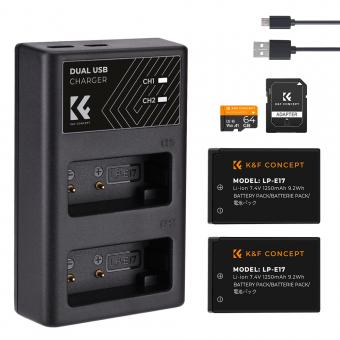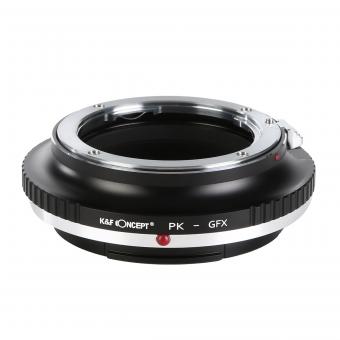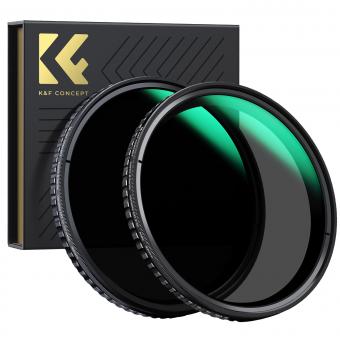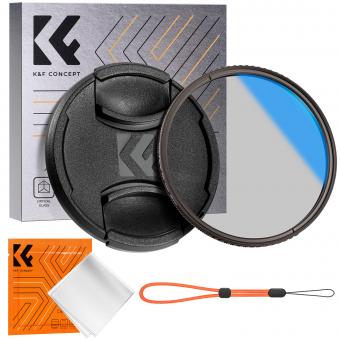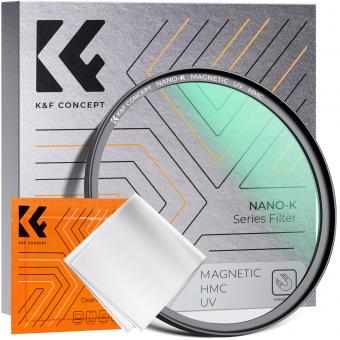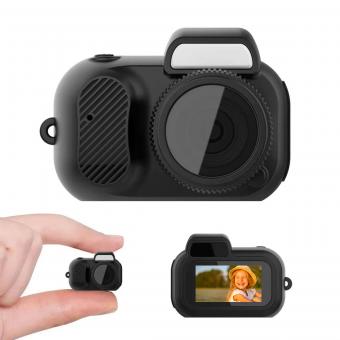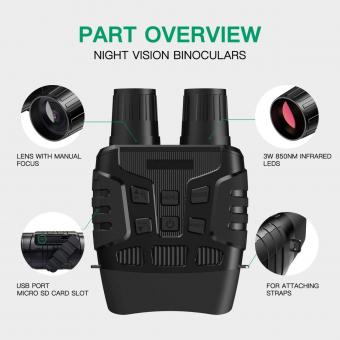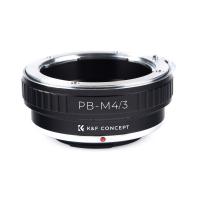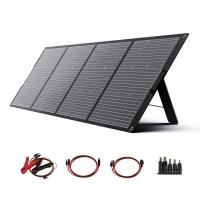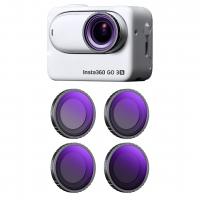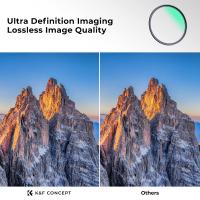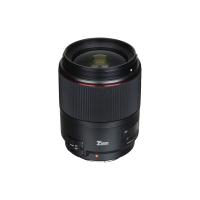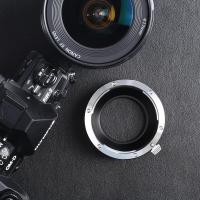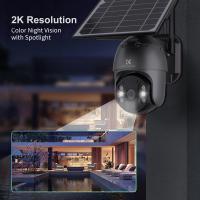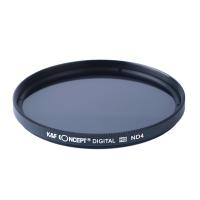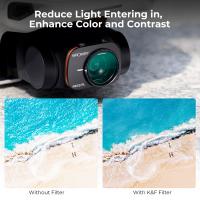How Rangefinders Work ?
Rangefinders work by measuring the distance between the user and a target object. There are different types of rangefinders, but most use either laser or sound waves to determine the distance. Laser rangefinders emit a laser beam that bounces off the target object and returns to the rangefinder, which calculates the distance based on the time it takes for the laser to travel to and from the object. Sound wave rangefinders work similarly, but instead of a laser beam, they emit a sound wave that bounces off the object and returns to the rangefinder. The rangefinder then calculates the distance based on the time it takes for the sound wave to travel to and from the object. Rangefinders are commonly used in hunting, golfing, and surveying, among other applications.
1、 Optical Rangefinders
Optical rangefinders work by using a combination of lenses and mirrors to measure the distance between the observer and the target. The observer looks through the rangefinder and aligns the target with a reticle or crosshair. The rangefinder then uses a laser or other light source to emit a beam towards the target. The beam reflects off the target and returns to the rangefinder, where it is detected by a sensor. The rangefinder then calculates the distance based on the time it took for the beam to travel to the target and back.
The latest point of view on optical rangefinders is that they are becoming increasingly accurate and versatile. Many modern rangefinders are equipped with advanced features such as angle compensation, which takes into account the angle between the observer and the target to provide more accurate distance readings. Some rangefinders also have the ability to measure the speed of a moving target, making them useful for hunting and other outdoor activities.
Another trend in optical rangefinders is the use of digital technology. Some rangefinders now have digital displays that show distance readings and other information, making them easier to use and more convenient. Some models also have the ability to connect to a smartphone or other device, allowing users to share data and access additional features.
Overall, optical rangefinders are an essential tool for many outdoor enthusiasts and professionals. With advances in technology, they are becoming more accurate, versatile, and user-friendly, making them an increasingly popular choice for a wide range of applications.
2、 Ultrasonic Rangefinders
Ultrasonic rangefinders work by emitting high-frequency sound waves and measuring the time it takes for the waves to bounce back after hitting an object. The device calculates the distance to the object based on the time it takes for the sound waves to travel to the object and back.
The ultrasonic rangefinder consists of a transmitter that emits sound waves and a receiver that detects the reflected waves. The transmitter emits a burst of sound waves, which travel through the air until they hit an object. The sound waves then bounce back to the receiver, which detects the reflected waves and measures the time it took for them to return.
The distance to the object is calculated by multiplying the time it took for the sound waves to travel to the object and back by the speed of sound in air. The speed of sound in air is approximately 343 meters per second at room temperature and normal atmospheric pressure.
Ultrasonic rangefinders are commonly used in robotics, automation, and distance measurement applications. They are relatively inexpensive and can be used in a variety of environments. However, they have limitations in accuracy and range compared to other types of rangefinders, such as laser rangefinders.
In recent years, there have been advancements in ultrasonic rangefinder technology, such as the use of multiple transmitters and receivers to improve accuracy and range. Additionally, some ultrasonic rangefinders now incorporate artificial intelligence algorithms to improve their performance in complex environments.
3、 Laser Rangefinders
Laser rangefinders work by emitting a laser beam towards the target and measuring the time it takes for the beam to bounce back to the device. The device then calculates the distance based on the time it took for the beam to return. This process is known as time-of-flight measurement.
The laser beam emitted by the rangefinder is typically a low-powered, eye-safe laser that is invisible to the naked eye. The beam is directed towards the target using a lens or a mirror, and the device measures the time it takes for the beam to bounce back to the rangefinder.
Laser rangefinders are commonly used in a variety of applications, including golfing, hunting, and surveying. They are highly accurate and can measure distances up to several hundred meters.
The latest advancements in laser rangefinder technology have led to the development of rangefinders that are smaller, lighter, and more accurate than ever before. Some of the latest models feature advanced algorithms that can compensate for factors such as wind, temperature, and altitude, which can affect the accuracy of the measurements.
In addition, some laser rangefinders now feature Bluetooth connectivity, allowing them to be paired with smartphones or other devices for enhanced functionality. This can include features such as GPS mapping, shot tracking, and data analysis.
Overall, laser rangefinders are a highly effective and versatile tool for measuring distances in a wide range of applications. With the latest advancements in technology, they are becoming even more accurate and useful for a variety of purposes.
4、 Time-of-Flight Rangefinders
Time-of-Flight (TOF) rangefinders work by emitting a pulse of light, usually in the form of a laser, and measuring the time it takes for the light to bounce back off of an object and return to the rangefinder. This time measurement is then used to calculate the distance between the rangefinder and the object.
TOF rangefinders use a variety of techniques to measure the time it takes for the light pulse to travel to the object and back. One common method is called direct time-of-flight, which measures the time it takes for the light pulse to travel to the object and back in a straight line. Another method is called phase-shift, which measures the difference in phase between the emitted light pulse and the reflected light pulse.
The latest advancements in TOF rangefinders include the use of multiple lasers and sensors to improve accuracy and range. Some rangefinders also incorporate machine learning algorithms to improve their ability to detect and measure objects in complex environments.
TOF rangefinders are commonly used in a variety of applications, including surveying, construction, and robotics. They are also used in consumer electronics, such as cameras and smartphones, for autofocus and depth sensing.




